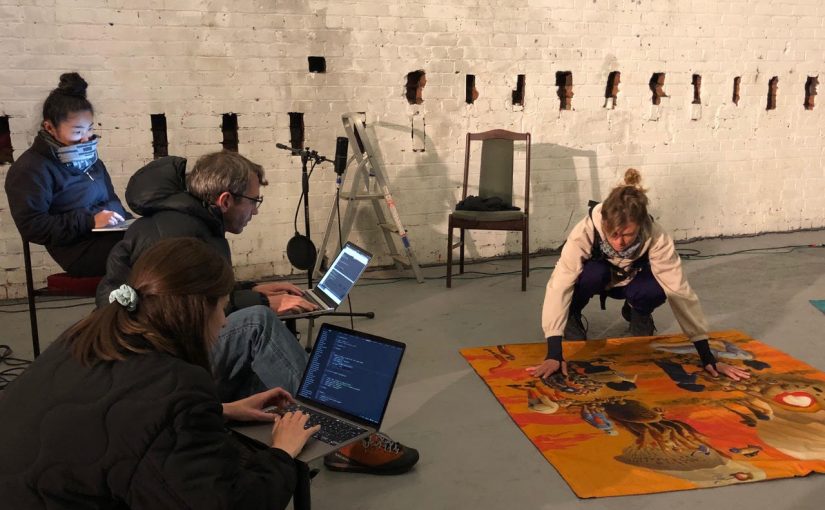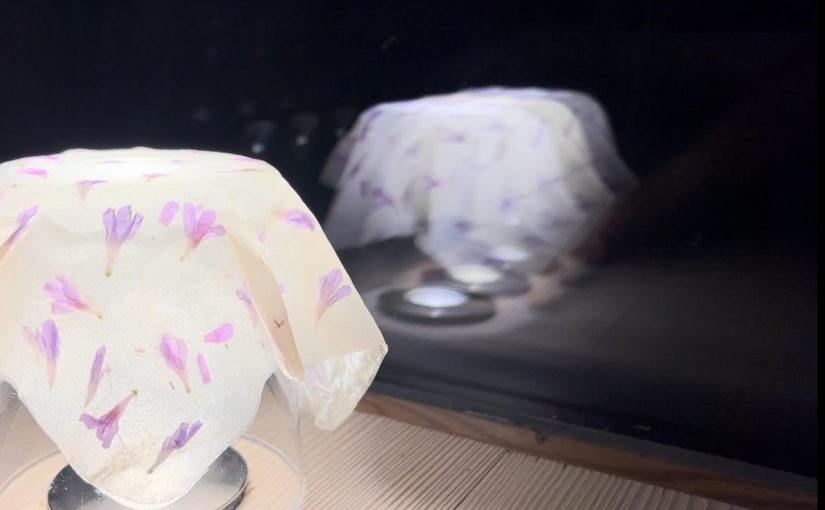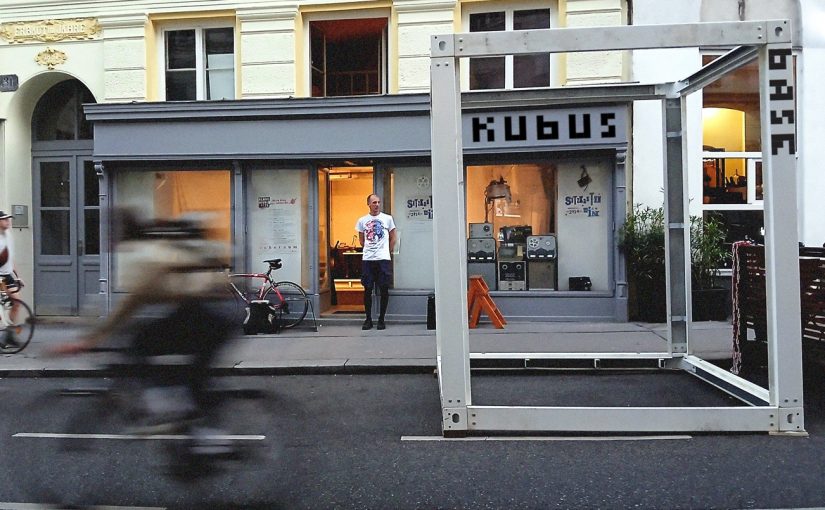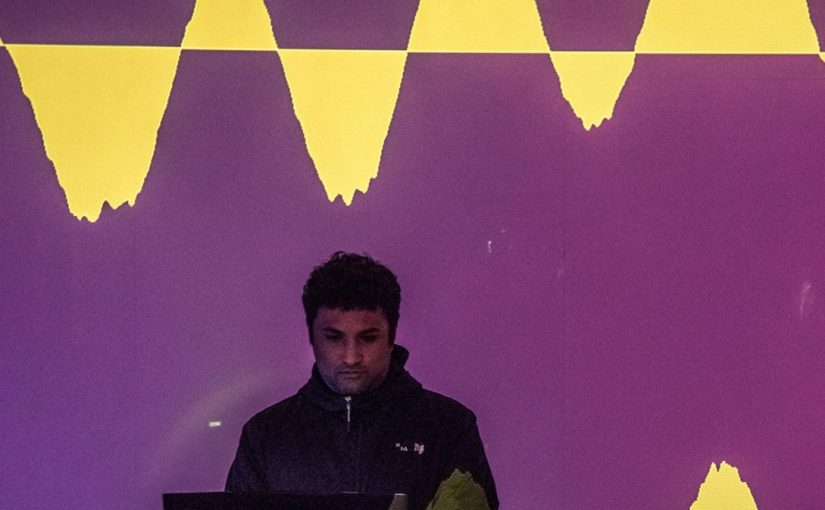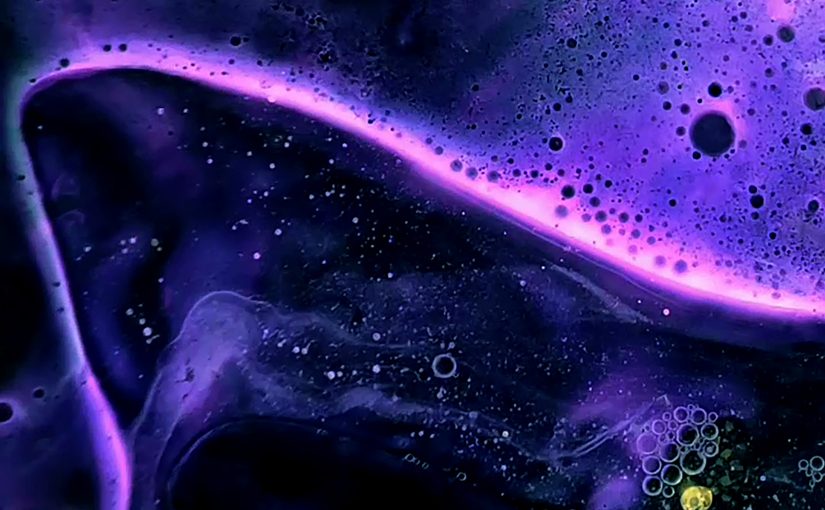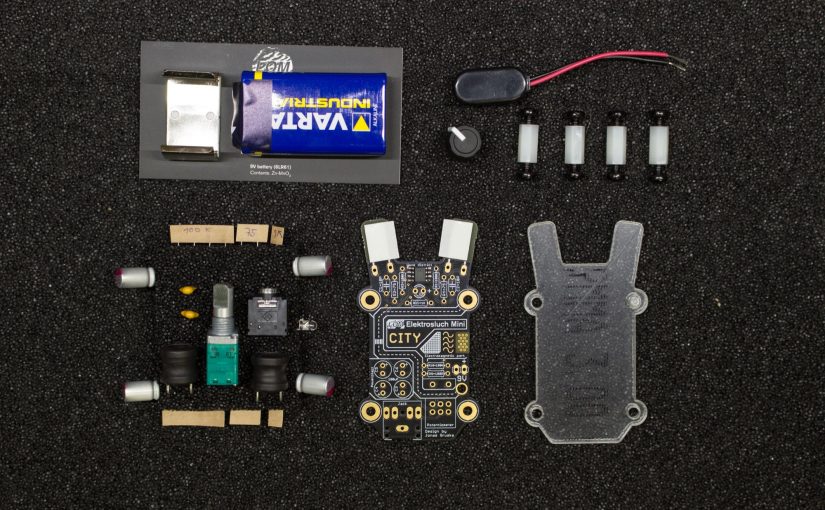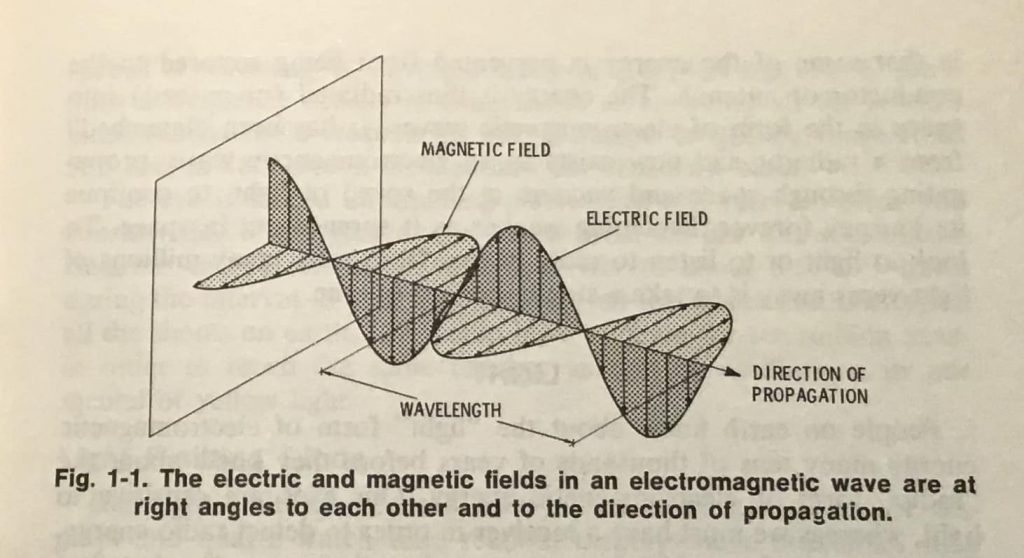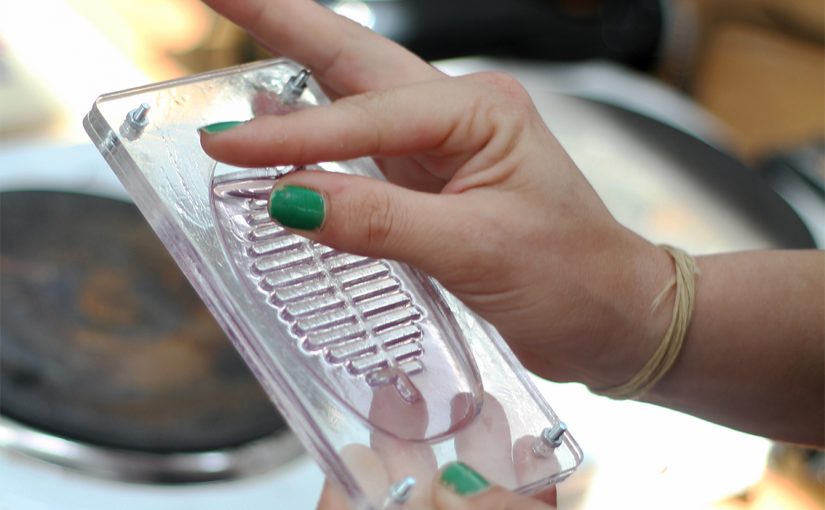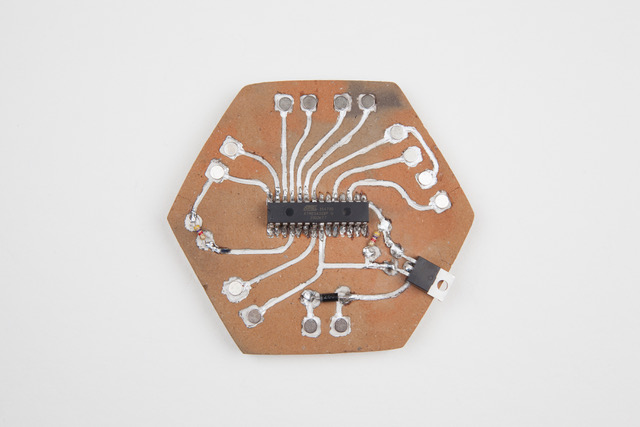Modulating Time is a collaboration between artists Lizzie Wilson, Alex McLean, and Mika Satomi. Together, they will explore connections between e-textiles and live coding, including modulating time in live coding performance through movement tracked via sensors and machine learning.
Mika is interested in developing a physical wearable device that senses the tempo and pattern of the wearer’s movement. Lizzie and Alex are looking into how the tempo and pattern can be extracted from the sensor data and incorporated into live coding processes to create interesting music.
We are excited to host this project at the 10th PIFcamp and look forward to seeing the outcome!
